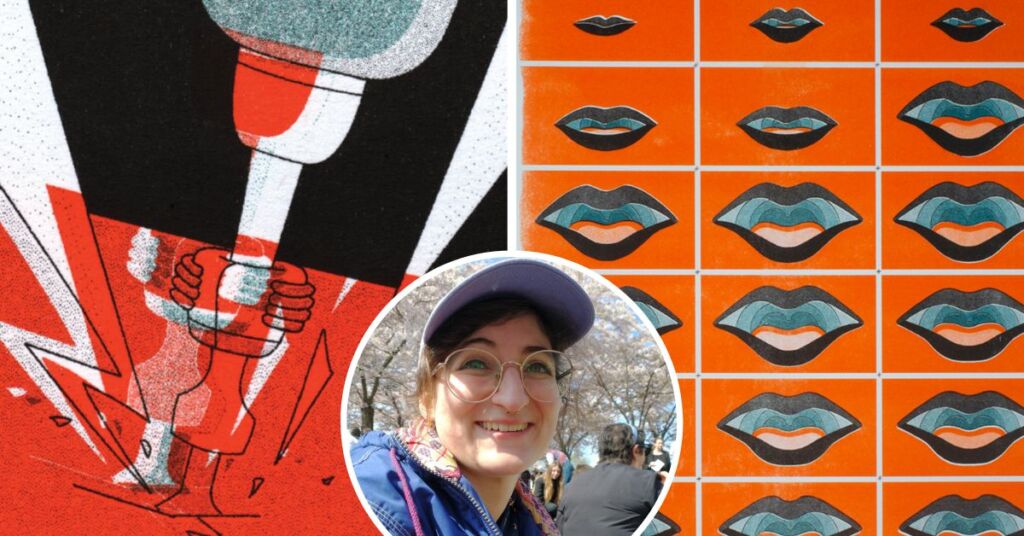Grinning and glowing pumpkins have become the literal face of Halloween, as fans of the spooky celebration carve out faces into the big orange squash. These are of course known as Jack O’ Lanterns. But how did they come to symbolise the massively popular day reserved for the dead?
Why do kids often use pumpkin styled baskets for trick-or-treating and why are they placed around houses as decoration? Well, our story begins in Irish folklore where we meet a very unsavoury character: Stingy Jack.
There are many stories about the lazy and often drunk blacksmith, but most of them have him tricking Satan himself from collecting his soul. In one instance, Jack convinces Satan to turn into a coin so that he can pay one last drink before being dragged to Hell.
Unbeknownst to Satan, Jack places the coin in his pocket next to a cross, trapping the Devil in his trousers.
After convincing the devil into 10 more years of life, Jack continues his drunken misadventures as the clock ticks on his fire and brimstone destiny.
But when the devil returns to collect, Jack asks him to climb a tree to get him an apple. You wouldn’t want to go to Hell on an empty stomach, right? Satan somehow falls for it again as Jack surrounds the apple tree with crosses and strikes another deal.
This time, Jack forces the Devil to agree into never collecting his soul. This, however, would prove to be a mistake.
Since Jack’s soul could never be collected by the Devil and Heaven would not let a greedy, drunken sinner in, he was left homeless in the afterlife. Before he was kicked out of the two afterlives, Satan gave Jack a burning coal to illuminate his way as a spectre.
To carry the coal, Jack carved out a turnip and placed it inside, going on to wander the Earth for a place to rest.
You might have noticed that he was given a turnip, not a pumpkin. And that’s the first iteration of the Jack O’ Lantern, and it has to do with the Irish context!
This is where folklore meets everyday life. Turnips were far more available in Ireland in the 18th and 19th century before the immigration to the United States.
Relatedly, the term jack-o’-lantern became associated with the phenomenon of ‘ignis fatuus’ (foolish fire). This was in reference to the will-o’-the-wisp. These were ‘ghost lights’ seen by travellers through swamps or marshes. Scientists propose that these ‘ghost lights’ are caused by the oxidation of certain chemicals, leading to photon emissions.
In folklore, however, these became associated with supernatural entities like ghosts and fairies attempting to lead travellers astray. Lanterns carved from turnips were thus likely inspired by tales of ghostly lights, used to ward off spirits.
The immigration of the Irish to North America eventually saw the shift from turnips to pumpkins, largely due to the availability and practicality of the latter. In the New World, pumpkins were much easier to carve and thus became central to Halloween festivities, espcecially by the 19th century.
Jack-o’-lanterns eventually found their way in nursery rhymes and other cultural practices which urged kids to not be like old Stingy Jack. Perhaps one of the most famous depictions of the Jack-o’-lanterns comes from Washington Irving’s short story ‘The Legend of Sleepy Hollow’ (1820).
In it, Ichabod Crane is chased by a mysterious Headless Horseman, who throws his head at his victim. The next morning, a shattered pumpkin is found next to the missing Ichabod’s hat. Surprisingly, neither jack-o’-lanterns nor Halloween are mentioned in the story. Other possible origins to these spirit entities could be fond in the folk term ‘hob lantern.’
These are references to a type of household spirit found in English and Anglo-Scottish folklore. They are often helpful, but can turn malicious if insulted.
‘Hob’ is a generic term given to creatures like goblins, brownies or boggles. You may remember this from the Elves and the Shoemaker. Today, jack-o’-lanterns have become a staple of Halloween, which has its own history and complex associations. It eventually became a form of arts-and-crafts practice for kids as they hollow out pumpkins and fill them with candles and lights.
The face itself is also an interesting manifestation of intentional pareidolia. Pareidolia is the tendency of imposing meaningful patterns where there are none. Have you ever thought the front of a car looked like a face?
That’s pareidolia at work! Of course, carving out pumpkins into faces is a deliberate action. Still, it does reflect a tendency for humans to anthropomorphise (make-human-like) objects and even animals. So while we may think that ours is the age of pure reason and science, humans still carry on practices that make us relate to our environment.
This includes making our environment more human, even if we attribute supernatural power to what we create! And jack-o’-lanterns have become such a practice – lighting our way through the dark whilst reminding us of the mischief through their big grins.
#MaltaDaily





